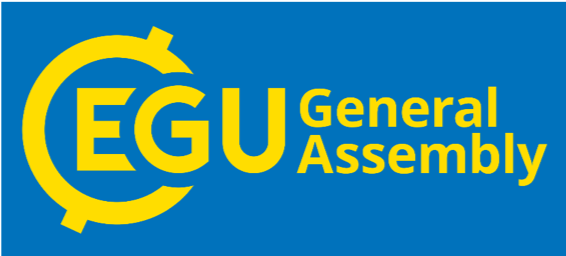OS2.4
Oceanography at coastal scales. Modelling, coupling, observations and benefits from coastal Research Infrastructures
On Monday 9th April, 08:30–12:00, Room 1.85
Convener: Agustín Sánchez-Arcilla
Co-Conveners: Sandro Carniel , Emil Stanev , Pablo Cerralbo , Davide Bonaldo , Ingrid Puillat , Laurent Delauney , Catherine Boccadoro
Considering the increase in human pressures on coastal systems, better monitoring, modelling and understanding of coastal dynamics are needed to tackle the complexity of physical, chemical and biological processes and their variability and interactions. This applies particularly to coastal and marginal seas where the challenge for high resolution and non-linear coupling requires a synergetic combination of models, in-situ observations and satellite data to deliver reliable and accurate marine forecasts.
Oceanographic processes at coastal scales have a number of differences with respect to deep-sea oceanography, which result in higher prediction errors. In shallow coastal domains the bottom topography, via the sea-bed boundary condition, exerts a strong control on the resulting wave and current fields. In addition to this, other factors need to be accounted for, such as the relevance of the tidal influence, stratification and mixing effects, land boundary condition (affecting the wind fields), the presence of distributed run off and point-wise river mouths all of them interacting with biogeochemical and biological processes and supporting densely populated areas with many ongoing economic activities. Moreover, the coupling between wind, waves, currents and sediments at limited scales, or even the choice of the numerical strategy (including the option between nested meshes, finite-difference or finite-element discretization, variable grid, etc.) may also play a critical role in the quality of the predictions. Part of these efforts are carried out within the CEASELESS H2020 EU project, whose main aim is to advance in the coupling, assimilation and application of coastal scale forecasts to selected pilot sites (North Sea and Mediterranean) and for selected applications (renewable energy, search and rescue, water quality and erosion plus flooding). Another part of these efforts are carried out by coastal Research Infrastructures (RI) that intend to provide data in an operational way, as for example within the JERICO-RI H2020 EU project, to support science results and society needs.
Coastal observations are therefore necessary to drive numerical models, combining point-wise data from different platform systems such as multi variable buoys, ferryboxes, high frequency radar images and a number of satellite images, the accuracy of which however tends to degrade as we get closer to the shoreline border. The advent of new satellite capabilities (resolution and sensors like for instance those of the Sentinel constellation) and new modelling advances (local parametrizations and enhanced coupling and boundary conditions) together with in situ data from coastal observatories including automated observation platforms should allow starting a quantum leap in coastal oceanography, including the interactions between physics, chemistry and biology/biogeochemistry which form a key element to address future research and applications.
For any information related to the registration please click here

